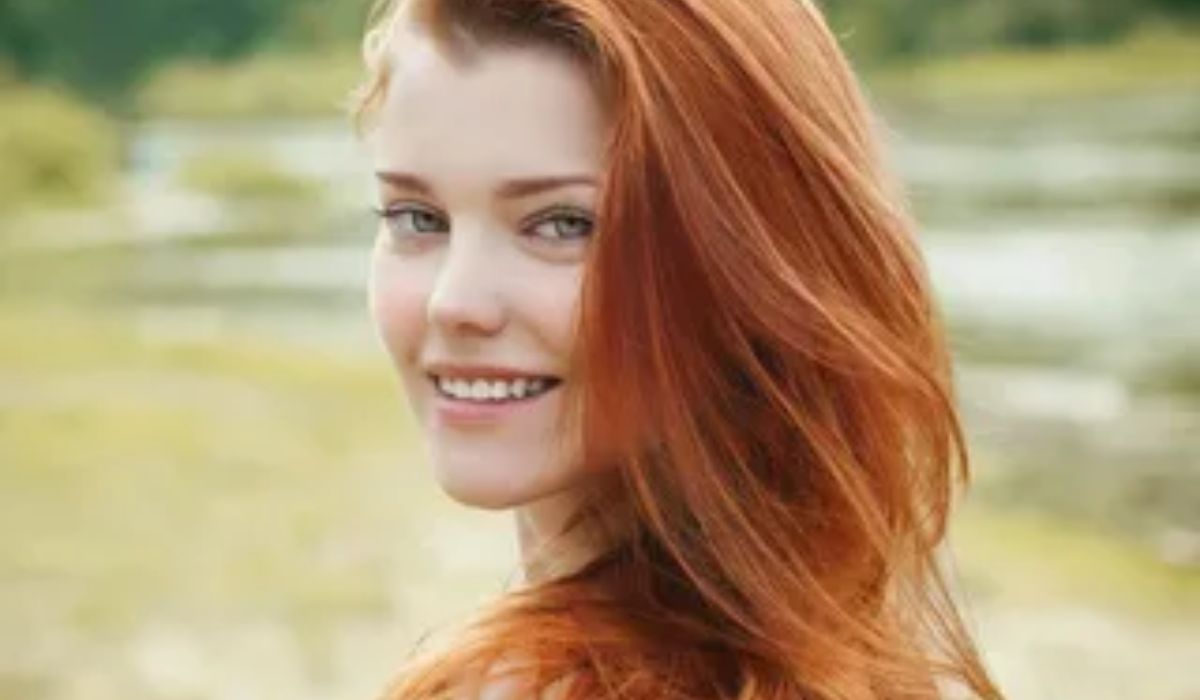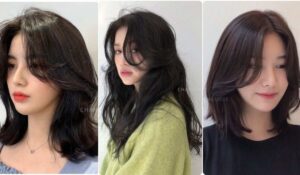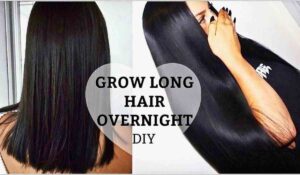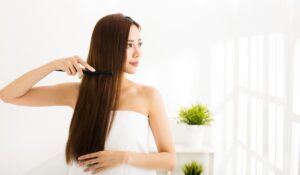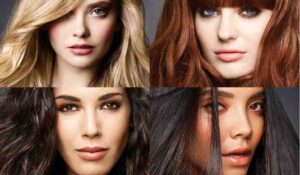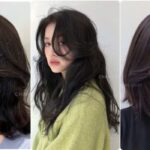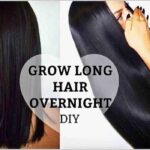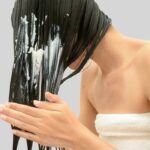Natural hair color refers to the shade of hair that a person is born with, determined by their genetics. It’s the color of hair that hasn’t been chemically altered or dyed. It can range from shades of black, brown, blonde, red, or a mix of these colors, depending on individual genetics.
Natural hair color refers to the shade of hair that a person is born with, determined by genetics. It can range from blonde to black and everything in between, influenced by the amount of melanin produced by hair follicles. While some people embrace their natural hair color, others may choose to dye or alter it for personal preference or style. Natural hair color adds to the unique beauty and diversity of individuals worldwide.
Natural hair color refers to the shade of hair that an individual is born with, determined by genetics. It varies widely among people, ranging from black to various shades of brown, red, and blonde. The color is primarily determined by the amount and type of melanin present in the hair follicles. Hair color can change over time due to factors like aging or environmental influences, one’s natural hair color remains a defining characteristic unique to each person.
Natural-Looking Hair Colors
Natural-looking hair colors are shades that mimic the hues found in nature, like various browns, blondes, and reds. These colors complement a person’s skin tone and eye color, enhancing their overall appearance without looking overly artificial or drastic.
Choosing a natural-looking hair color can help individuals achieve a subtle change or refresh their look while maintaining a sense of authenticity and harmony with their natural features. Whether opting for a sun-kissed blonde, a rich chestnut brown, or a warm auburn, natural-looking hair colors offer versatility and elegance for those seeking a timeless and effortless style.
Ammonia-Free Natural Hair Colouring
Ammonia-free natural hair coloring is a safer and gentler option for dyeing your hair. Unlike traditional hair dyes that contain harsh chemicals like ammonia, which can damage hair and cause irritation to the scalp, ammonia-free options use natural ingredients that are kinder to your hair and skin.
These natural hair colors still provide vibrant and long-lasting results without compromising the health of your hair. They’re a great choice for anyone looking to switch to a more gentle and eco-friendly hair coloring option.
Natural Hair Colors Chart
| Hair Color | Description |
| Black | Deep, dark shade resembling black coffee |
| Brown | Rich, earthy tones ranging from light to dark |
| Blonde | Light, golden hues reminiscent of sunshine |
| Red | Vibrant shades ranging from copper to auburn |
| Auburn | Warm blend of red and brown tones |
| Chestnut | Medium brown with hints of red and gold |
| Mahogany | Deep reddish-brown with hints of purple |
| Caramel | Warm, golden brown with honey highlights |
| Honey Blonde | Light, golden blonde with warm undertones |
| Ash Blonde | Cool, ashy blonde with hints of gray |
List Of Natural Hair Colors With Pictures
Research: Begin by researching common natural hair colors such as black, brown, blonde, red, and their various shades and tones.
Compile: Make a list of the natural hair colors you want to include, ensuring you cover a range of shades and tones for diversity.
Describe: Write brief descriptions for each hair color, noting characteristics like depth, undertones, and any unique features.
Organize: Arrange your list in a clear and easy-to-read format, such as a table or bullet points, with each hair color followed by its description.
Review: Double-check your list for accuracy and completeness, ensuring you haven’t missed any common natural hair colors and that your descriptions accurately represent each shade.
How Many Natural Hair Colors Are There?
There are generally four main natural hair colors: black, brown, blonde, and red. These colors come from a pigment called melanin, which is produced by cells called melanocytes in the hair follicles. The amount and type of melanin determine the color of our hair.
Black hair has the highest concentration of melanin, while blonde hair has the lowest. Brown hair falls in between, and red hair is caused by a different type of melanin called pheomelanin. These variations in melanin give us the beautiful array of natural hair colors we see in people around the world.
Natural White Hair From Birth
Some people are born with natural white hair, which means their hair lacks pigment from the very beginning. This unique trait is usually genetic, passed down from parents to their children.
Most hair colors result from pigments like melanin, individuals with natural white hair have hair follicles that don’t produce these pigments. As a result, their hair appears white or very light from birth, giving them a distinctive and striking look.
Natural Hair Dye At Home
Looking for a safe and natural way to color your hair? Try using ingredients you can find right at home! Items like henna, coffee, tea, and beetroot can be used to add beautiful color to your hair without the harmful chemicals found in commercial dyes.
Simply mix these ingredients, apply to your hair, and let it sit for a while before rinsing out. Not only are these methods gentle on your hair, but they also offer a fun and eco-friendly way to experiment with different shades.
Frequently Asked Questions
Can natural hair colors cover gray hair?
Yes, many natural hair colors are effective at covering gray hair, providing a more subtle and natural-looking result.
How long do natural hair colors last?
The longevity of natural hair colors varies depending on factors such as hair type, care routine, and the specific product used. Generally, they last for several weeks to a few months.
Can I mix natural hair colors to create a custom shade?
Yes, you can often mix different natural hair colors to achieve a custom shade that suits your preferences. It’s essential to follow the instructions provided by the manufacturer for the best results.
Conclusion
Natural white hair from birth, also known as congenital leukotrichia, is a fascinating and rare phenomenon. While it may be surprising to some, it is a perfectly natural occurrence that results from genetic factors inherited from one’s parents.
Although it may stand out in society, it is essential to embrace and celebrate the uniqueness of individuals with natural white hair. Understanding and accepting these differences can promote diversity and appreciation for the beauty found in all forms of human genetics.
